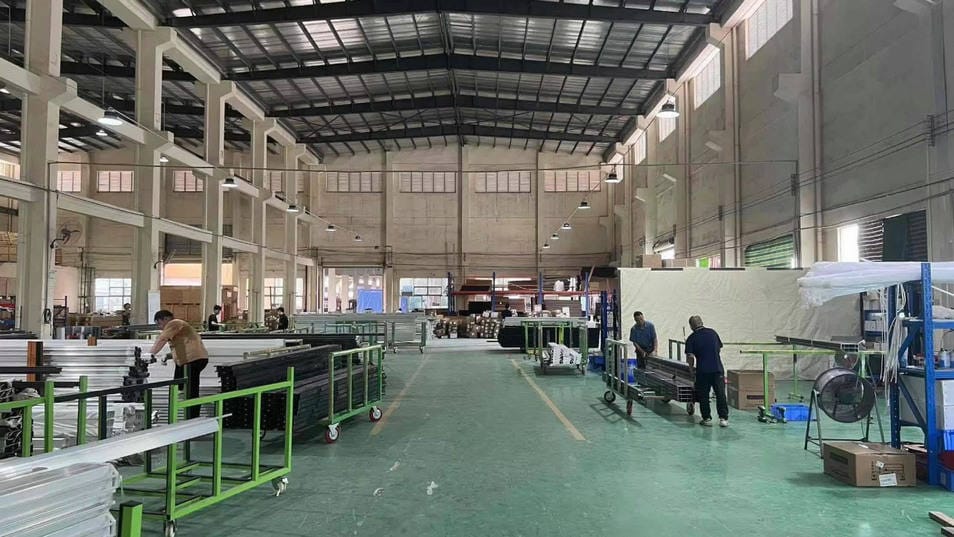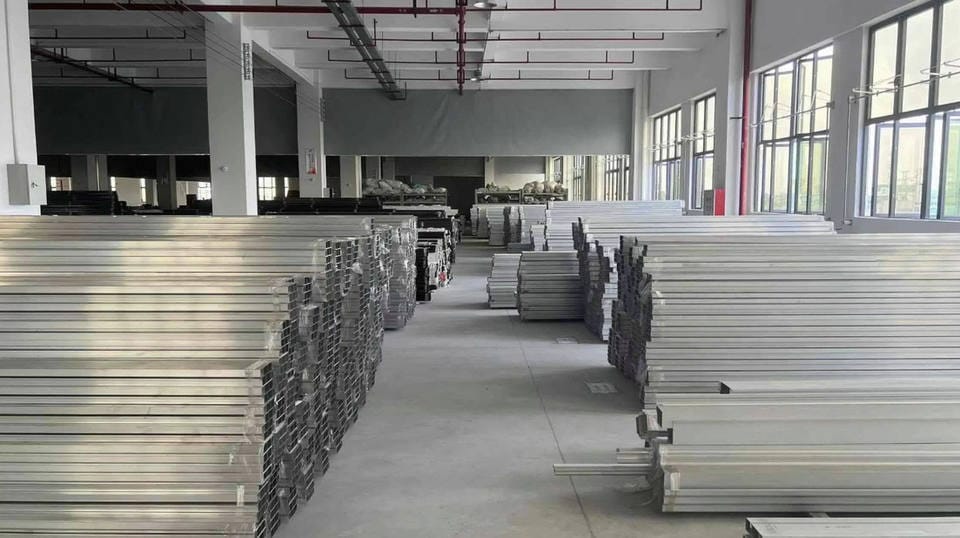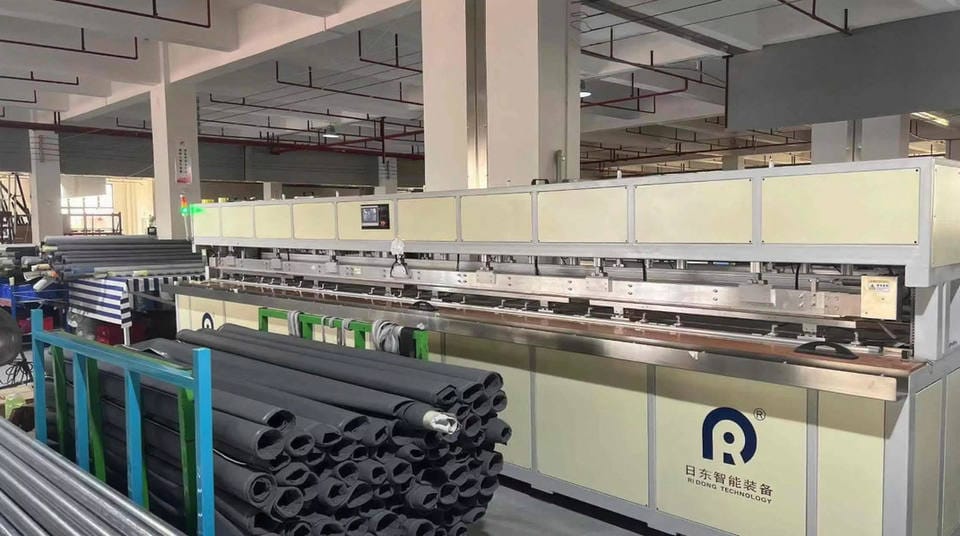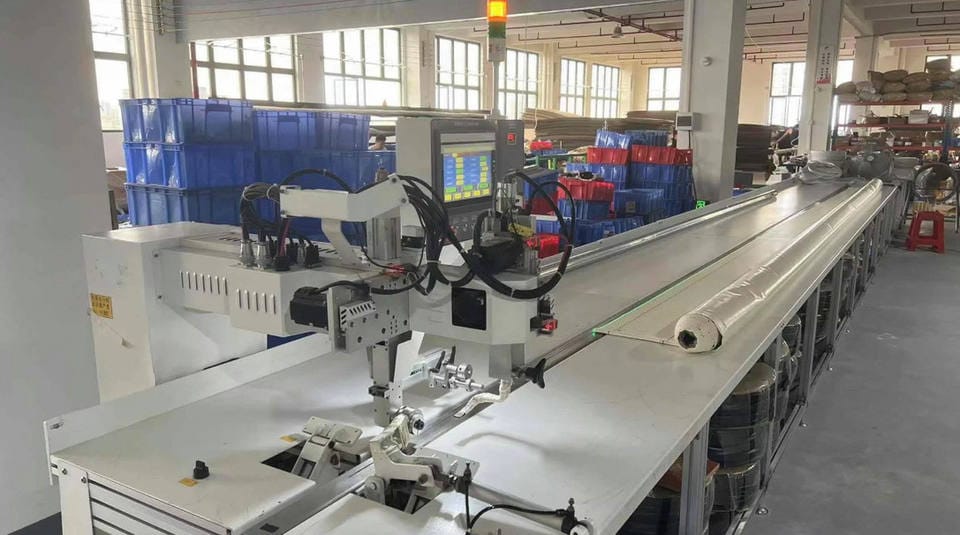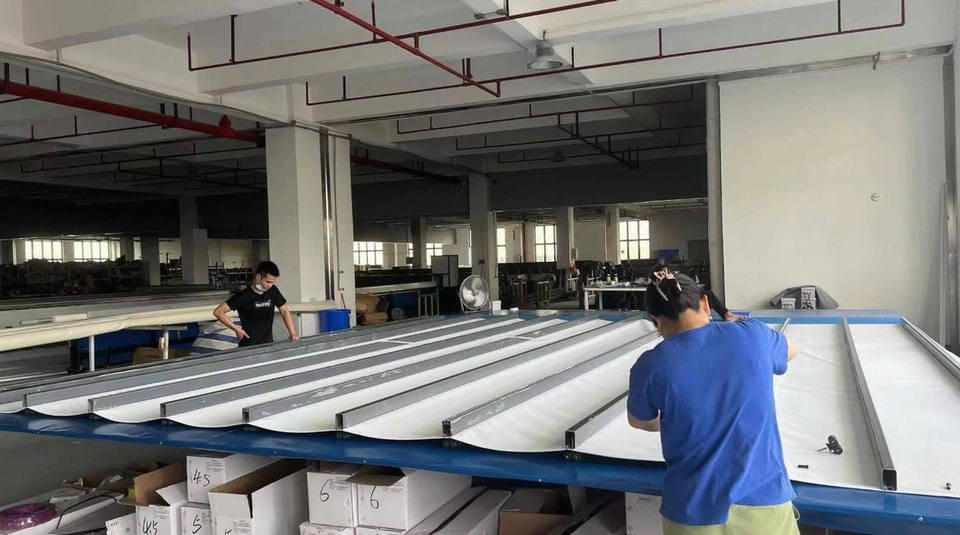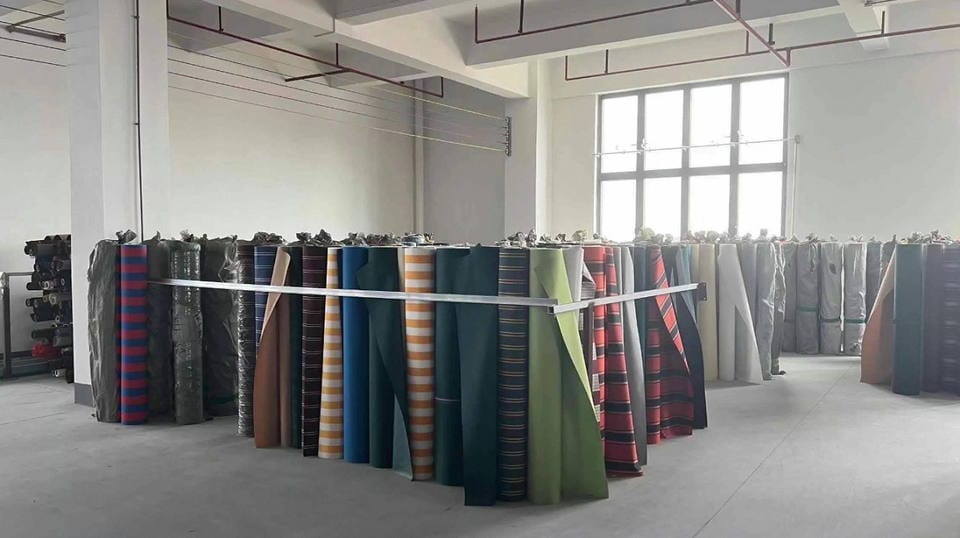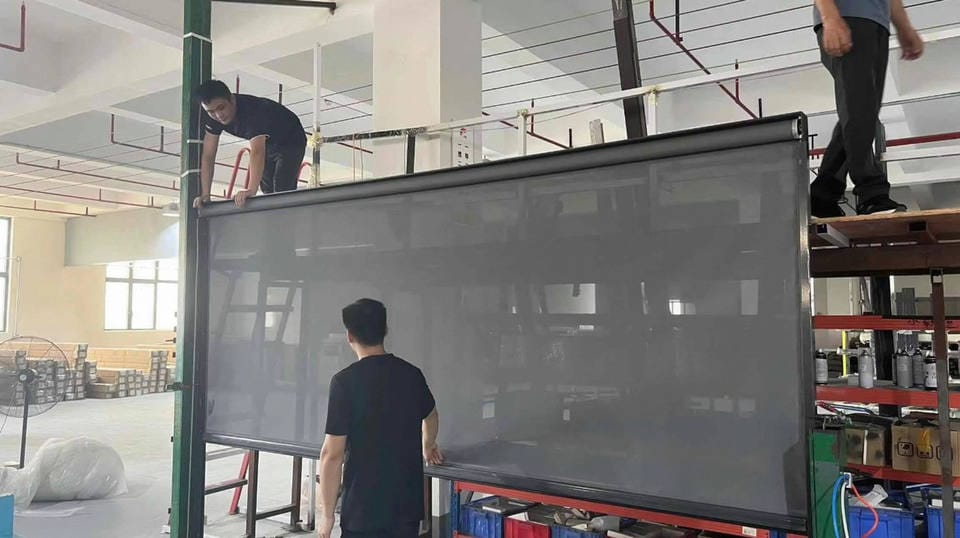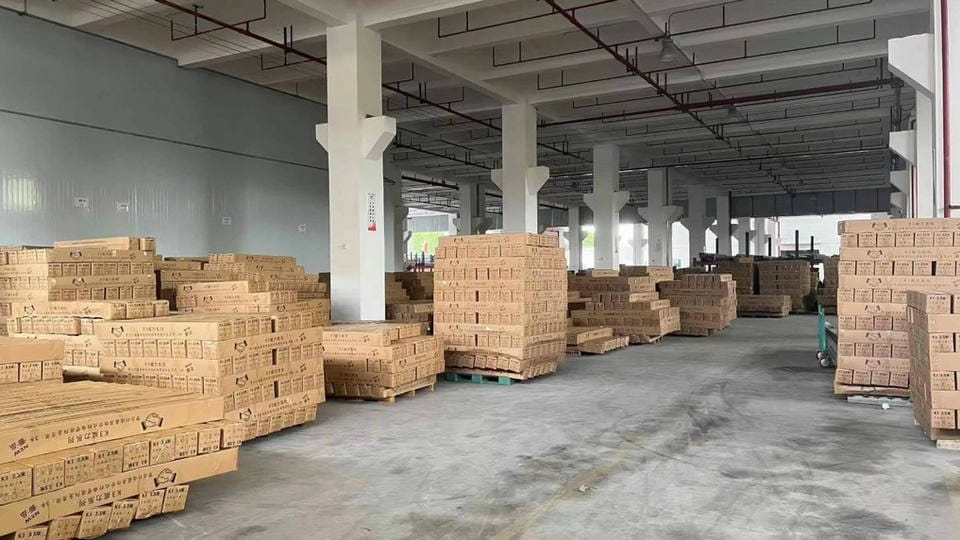The right outdoor pergola for your garden isn’t just about shade; it’s also about design, strength, and its ability to impress guests when they visit. Should you choose traditional wood pergolas or opt for the more durable aluminum option?
What’s the Difference? Aluminum vs Wood Pergolas at a Glance
Let’s kick things off with a side-by-side look—because who doesn’t love a little table talk when making big choices?
| Feature | Aluminum Pergola | Wood Pergola |
| Appearance | Sleek, modern, customizable finishes; may lack classic warmth | Timeless, natural, rustic or classic charm |
| Durability | Highly resistant to rust, rot, and pests | Vulnerable to weather, insects, and decay |
| Maintenance | Almost maintenance-free; just occasional cleaning | Requires regular staining, sealing, and maintenance |
| Weight & Installation | Easier to install and move | Heavier, needs more muscle and patience |
| Customization | Good—motorized louvers, colors, sizes; less flexible shaping | Superior—can cut, carve, and stain as you like |
| Cost (average USA) | $15–30 per sq.ft + add-ons; higher upfront, lower long-term | $2,00–5,00 per Square Foot; low-to-mid upfront, higher long-term |
| Feel in Weather | Can get hot in strong sun | Usually cooler to the touch |
| Fire Resistance | Not flammable | Combustible; caution in wildfire areas |
| Longevity | 20-30+ years, sometimes more | 10-20 years, less for softer woods |
| Sustainability | Recyclable materials | Renewable, but higher resource input |

Pros and Cons of Aluminum and Wood Pergolas
Why Choose an Aluminum Pergola?
- Low Maintenance, High Reward: Aluminum pergolas don’t splinter or warp, saving you time otherwise spent sanding and refinishing. Just a quick rinse now and then so it keeps shining.
- Modern Style: Aluminum pergolas offer a modern aesthetic with options such as adjustable roofs, built-in lighting, and motorized blinds.
- Durability: Rain, shine, or angry squirrels—aluminum won’t rot, corrode, or attract pests. It’s basically the superhero of patio covers.
- Lightweight & Easy Install: You can call your friend with the pickup, but you probably won’t need the whole football team on install day.
- Custom Options: While not as shape-flexible as wood, aluminum comes in different hues, textures, and roof options. Some can even mimic the look of wood, minus the termites.
- Fire Safety: Aluminum won’t add to your fire risk—in fact, it shrugs off sparks.

Considerations and Drawbacks
- Heat Absorption: Aluminum surfaces can become hot under direct sunlight, so avoid prolonged contact during midday.
- Aesthetic Limitations: It might lack the organic “wow” of aged cedar or hand-crafted joinery. Some guests want to see the grain, not a powder coat.
- Upfront Cost: Aluminum often costs more initially than a basic wooden pergola, though you may save big in the “future repairs” department.
Why Choose a Wooden Pergola?
- Classic Beauty: Warm, natural, and timeless. If you want your backyard to feel like an English garden or Tuscan retreat, wood delivers big romance.
- Superior Customization: Whether you want curved beams, intricate latticework, or unique stains, wood is the artiste’s material. Dream big and your carpenter can probably build it.
- Cool to the Touch: Wood stays cooler under direct sun—perfect if “sizzling” isn’t your style.
- Natural Vibe: Nothing beats the scent and feel of real lumber on a breezy day.
But, Watch For…
- Maintenance Magnet: Stain, seal, repeat…again. Ignoring your wooden pergola is a fast track to splinters, sun-bleached planks, and “that’s not mold, right?” moments.
- Vulnerable to Pests: Termites, carpenter bees, and woodpeckers all think your pergola is a snack bar.
- Shorter Lifespan: Even with love, softwoods may only last a decade or so. Pay up for quality lumber if you want it to stick around.
- Fire Hazard: Maybe skip the wood pergola if you’re in wildfire country.
Frequently Asked Questions
What is the best wood to use for a pergola?
Western Red Cedar and Douglas Fir are among the finest options on offer, for beauty, workability, resistance to insects, durability and strength respectively. Douglas Fir offers superior strength while remaining light weight; imagine linebacker as opposed to dancer! Alternatively tropical hardwoods like Ipe or Cumaru will outlast almost everything, though their price and weight might make their use impractical in your budget.
Which material is more durable for pergolas, aluminum or wood?
If you’re after the longest-lasting “set it and forget it” solution, aluminum wins handily. It just shrugs off rain, sun, and pests. Wood—especially softer types—requires ongoing care, and even then, can’t quite compete with aluminum’s toughness.
How much maintenance does each pergola type require?
- Aluminum pergolas: Minimal fuss. Give it a rinse every now and then. Maybe some touch-up paint years down the road.
- Wooden pergolas: Ongoing commitment. Staining or sealing every couple of years, plus checking for rot or bugs. If maintenance isn’t your love language, aluminum is the far easier date.
Is installation easier with one material over the other?
Absolutely! Aluminum pergolas are much lighter, making installation faster and less physically demanding. Wood pergolas—while dreamy once finished—often demand more muscle and hours on the tools, plus extra hardware for long-term stability.
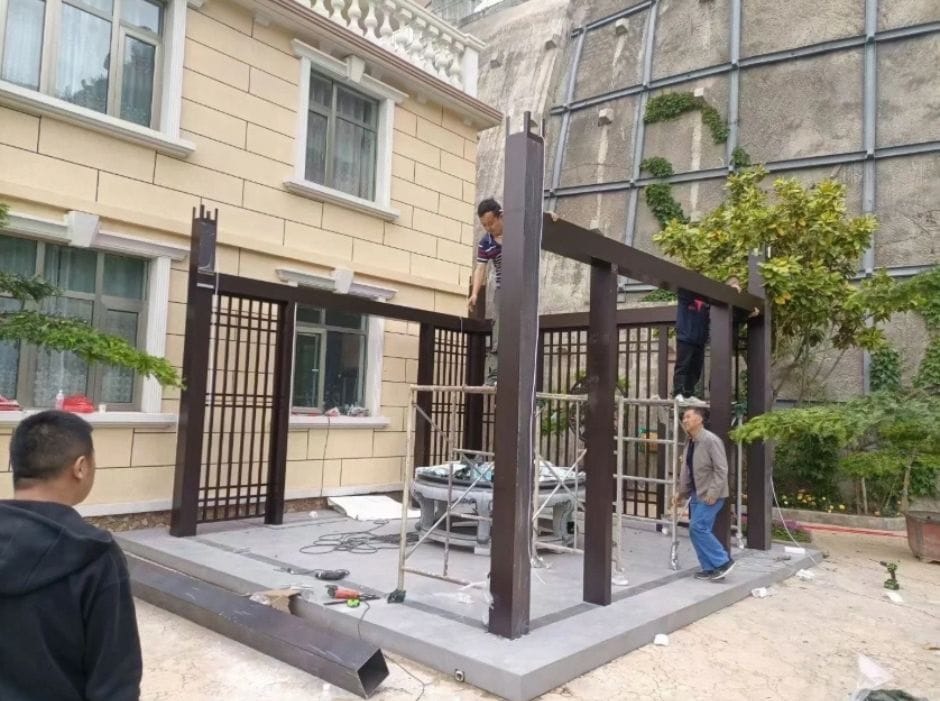
Can aluminum pergolas be customized like wood ones?
Great news: aluminum pergolas offer loads of customization. While you can’t carve them into a Gatsby-era gazebo, you can choose colors, finishes, adjustability (like fancy louvered roofs), integrated lighting, and even retractable screens. Custom wood shapes still rule for old-world detail, but modern aluminum brings tech and trends to the party.
Real Talk: Aluminum vs Wood Pergola Price
So, what’s it going to set you back? Let’s see the numbers. Note that prices vary by region, design complexity, and additional features such as motorized roofs.
| Pergola Type | Average Per Square Foot | Basic Project Cost (Average Backyard) | Maintenance Costs | Longevity Estimate |
| Aluminum Pergola | $15–$30 | $3,000–$8,000+ | Low | 20–30+ years |
| Wood Pergola | $10–$25 | $2,000–$5,000+ | High | 10–20 years (softwood) / 20–30 (hardwood) |
Style Trends: What’s Hot in 2025?
- Aluminum Pergola with Roof: Motorized louvers provide adjustable sunlight control at the touch of a remote.
- Bold Colors: Goodbye, drab gray—aluminum is showing up in matte black, chic bronze, or even color-coordinated with your pool tiles.
- Natural-Look Aluminum: Manufacturers are getting clever with wood-grain finishes on metal. Trick your friends—and termites.
- Hybrid Pergolas: Mixing metal beams with wooden infills for the best of both worlds—texture, color, and serious curb appeal.
- Greenery Galore: Integrated planters, hanging herb gardens, and climbers are back in style. Good news for those with a less-than-green thumb: aluminum beams mean fewer pest problems and less rot around your vines.
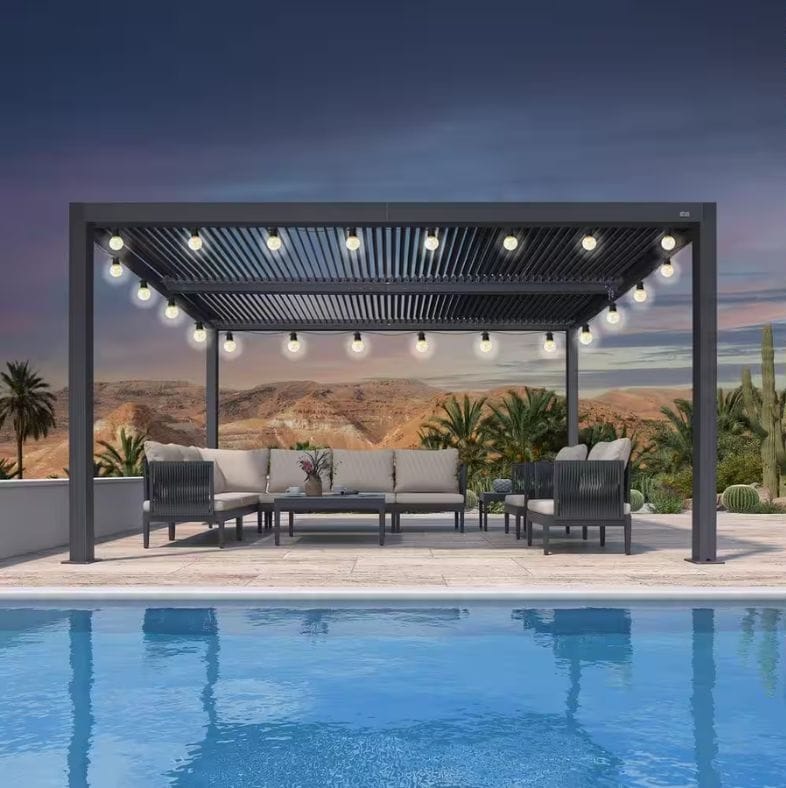
Final Thoughts: Which Pergola Wins?
Both options have unique benefits, and your choice depends on your style preferences and maintenance willingness. If you want balcony bragging rights, classic charm, and don’t mind a little weekend work, wooden pergola is pure poetry. If you prefer tech, clean lines, minimal chores, and a roof you can control with your smartphone… go all-in with an aluminum pergola.
Whatever you choose, as China’s #1 pergola manufacturer, Grandsea can help you build your own modern pergola for your outdoor space.

